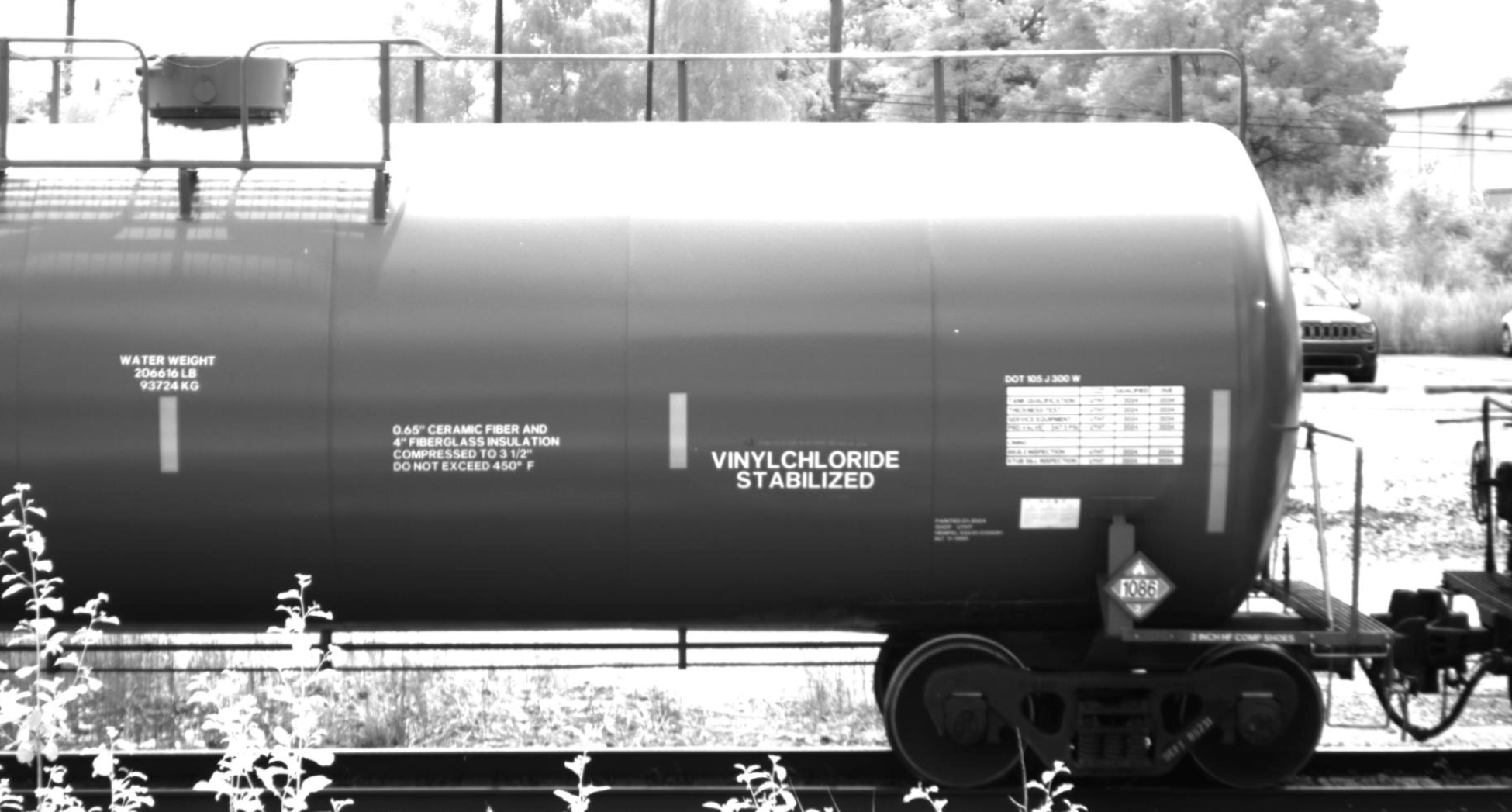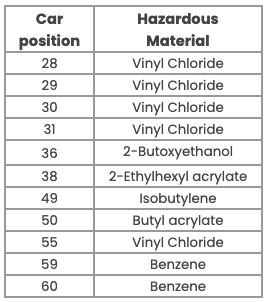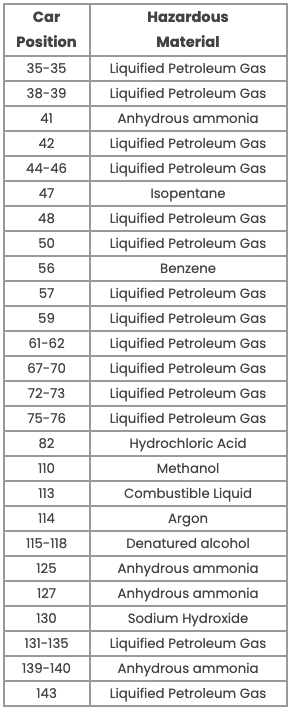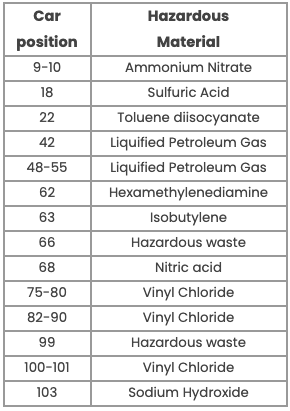BNSF, Freight Rail, Logistics, RailState
HAZMAT on the U.S. Rail Network: What’s Really Moving
- By RailState

We recently covered one of the controversial topics in rail safety: long trains. Today, we’re covering another: hazardous materials (HAZMAT).
There has been increased attention to HAZMAT on rail after the East Palestine derailment. Some states, like Colorado and Maine passed laws addressing (in part) hazardous materials on trains and public consciousness has been stoked by fears of what some call “bomb trains” because of the large amounts of combustible material carried on some trains.
We won’t settle a debate here but we do aim to shed some light on the issue.
One major thing fueling the debate is the lack of information. People do not know what is moving on trains through their communities. That’s because data on HAZMAT movements by rail in the U.S. has been mostly unavailable to governments and municipalities.
Until now.
Recent expansions of the RailState network in the US Southwest and coverage across the US-Canada border, has made real-time data on HAZMAT movements on the U.S. rail network available for the first time in these areas. This coverage will increase as we build out RailState’s US network.
We looked through RailState network data to find some trains similar to those that have sparked debate. It didn’t take long.
Trains Similar to ‘Train 32N’
The train that derailed in East Palestine in February 2023 was ‘Train 32N.’ This train carried 150 cars, stretched 9,300 feet long, and traveled at 47 miles per hour when it derailed. Of the 150 total cars, 38 derailed, including 11 tank cars carrying hazardous materials that burned in the resulting fire.
The table shows what the tank cars were carrying and their corresponding position in the train consist.

June 10 – Texas
With a quick review of data collected by the RailState network, we found recent trains with some similarities to ‘Train 32N.’
On June 10, a BNSF train with a nearly identical car count and length as ‘Train 32N’ traveled through Bovina, TX toward Amarillo. It was 9,300 feet long, the same as 32N, and carried 147 cars, 3 fewer than 32N. This manifest train included 72 tank cars, and 45 of those cars displayed HAZMAT placards.
The table contains the hazardous materials identified on the train and each car’s position. As part of the train consist, RailState captures individual car numbers and that data is available to subscribers but excluded here.

June 13 – Michigan/Ontario Border
Another long train carrying a large number of hazardous materials passed through Port Huron, MI on June 13. This Canadian National train traveled at 26.2 miles per hour as it passed RailState’s sensor.
The train measured approximately 8,600 feet and was made up of 131 cars. The train included 47 tank cars, most of which displayed HAZMAT placards. This train held 16 tank cars displaying HAZMAT placards for vinyl chloride, the chemical that received considerable scrutiny after the East Palestine derailment.

These are just two examples of real trains moving across the U.S. rail network every day. Hazardous materials move on rail safely and efficiently all the time but data about how much and where has not been available until now.
Policy-makers and public safety officials can now access this information to assess the potential risks to their communities and effectively plan responses. Wherever we put sensors in the coming months, this data will be available.
To learn more about hazardous materials moving on the U.S. network and how rail network data can help states and municipalities assess risk, schedule a demo today.
Categories
- AI (16)
- BNSF (19)
- Canadian National (32)
- CPKC (30)
- Freight Rail (165)
- Intermodal (1)
- Logistics (128)
- RailState (165)
- Technology (16)
- Uncategorized (3)
- Union Pacific (15)
Copyright © 2025
RailState LLC


